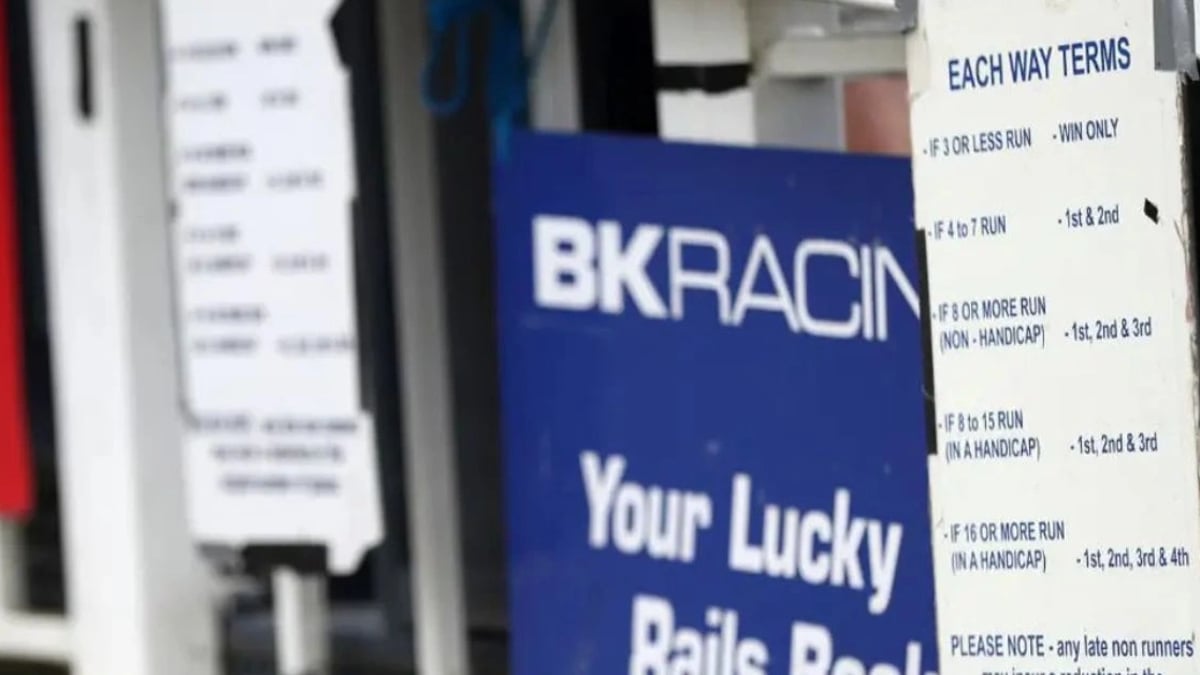How Each-Way Betting Works: Strategy & Payouts Explained

Each-way betting is a popular option for wagering on many sports and is a valuable tool in a bettor’s arsenal. It’s beneficial when backing long shots, giving you a return even if your selection doesn’t win but still finishes near the top.
This guide explains how each-way betting works and provides some tips on utilizing this type of bet best. Since horse racing is the most popular sport for each-way betting, we will use it as our primary example.
Note: All examples in this guide use British pounds for clarity, but the same each-way betting principles apply regardless of currency or region. Odds may appear in fractional, decimal, or American formats depending on your area, but the principles behind the bet remain the same. Throughout this article, we will use fractional odds.
- #ad. 18+. Gamble Responsibly. Gambleaware.org. 21+. New customers in AZ, CO, CT, DC, IA, IL, IN, KS, KY, LA, MA, MD, MI, NC, NJ, OH, PA, TN, VA, VT, WV, or WY (excludes NY). Apply promotion in bet slip and place a $1+ cash wager (min odds -500) daily for 10 consecutive days starting day of account creation. Wager must settle as a loss to earn FanCash equal to losing amount (max $200 FanCash/day). FanCash issued under this promotion expires at 11:59 p.m. ET 7 days from issuance. Terms, incl. FanCash terms, apply—see Fanatics Sportsbook app. Gambling Problem? Call or Text 1-800-GAMBLER, 1-800-NEXT-STEP (AZ), 1-800-9-WITH-IT (IN), 1-888-532-3500 (VA).
What Does Each-Way Mean in Betting?
An each-way bet is made up of two parts:
- A bet on your selection to win an event.
- A bet on your selection to finish within the top places (which can vary depending on the sport and betting site).
The two bets will cost the same amount. For example, a £5 each-way bet requires a stake of £10. That's because £5 goes on the win part of the bet, and the other £5 goes on the place part.
How Much Do You Win on an Each-Way Bet?
What you get back from an each-way bet depends on several factors. Firstly, did the selection win, or did it just place? Secondly, what were the each-way terms being offered by the betting site? The percentage of the starting odds paid out and the number of places covered can vary.
Let's look at an example.
Imagine you place a £5 each-way bet on Honeysuckle to win the Grand National at odds of 10/1. The bookmaker is paying out on the top five places at 1/5 of the odds.
In this example, Honeysuckle finishes third, so you take home £15. Here's how that works out:
- The Win portion of the bet loses because the horse doesn't finish first.
- The second £5 place bet wins because the horse finished third, one of the each-way places on offer.
- The 10/1 odds become 2/1 due to the each-way terms being one-fifth (1/5) of the starting price.
- This means the £5 place stake wins at 2/1, which returns £10.
- You also receive the £5 stake back, meaning you take home £15.
Now, let’s say Honeysuckle wins the race. This would mean both parts of the each-way bet win.
- The £5 win part of the each way bet would return £55 (£5x10/1= £50 plus your £5 stake).
- You would also win the place bet, returning £15 as explained above.
- So, your winnings would be £70 (including both stakes).
If Honeysuckle finished sixth in the race, outside the top five in the standings, neither bet would win, so you’d lose your total stake of £10.
How Many Places Are Paid on an Each-Way Horse Racing Bet?
The number of places paying out for each bet will vary from site to site.
You should see the figure where the market is listed. The each-way bet terms are usually alongside the place odds.
In horse racing betting, the minimum number of each-way places offered is based on the size of the field, with more places offered for bigger races.
Typically, here are the each-way terms for a horse race:
| Size of Field | Each Way Terms |
|---|---|
| 1-4 Runners | Win only - no places |
| 5-7 Runners | 1/4 odds - 1st & 2nd place only |
| 8-11 Runners | 1/5 odds - 1st, 2nd & 3rd place only |
| 12-15 Runners | 1/4 odds - 1st, 2nd & 3rd place only |
| 16+ Runners (handicap races) | 1/4 odds - 1st, 2nd, 3rd & 4th only |
| 16+ Runners (non-handicap races) | 1/4 odds - 1st, 2nd & 3rd only |
Always check the each-way terms before placing a bet.
For races with huge fields, such as the Grand National, some online betting sites will bump up the number of places they cover to eight at 1/5 odds.
How to Make an Each-Way Bet
Now that we better understand each-way bets, let's examine how they work and the steps to take when placing one.
Here's a step-by-step guide to placing an each-way bet on a horse race:
- Head to a betting site or app and locate the race you want to bet on.
- Check the each-way terms & conditions for the race, which may vary site to site.
- Find the horse you want to bet on and add it to your bet slip.
- Select the each-way option on the bet slip.
- Enter your stake. Remember the stake you enter will be doubled to cover the win and place part of the each-way bet.
- Check all the details are correct and place your bet.
If your horse goes on to win the race, you will be paid out for both the win and place parts of the wager.
If your horse doesn't win but finishes in the places specified by the betting site, you'll be paid out at a fraction of the runner's winning odds (usually 1/4 or 1/5 of the win odds). A “top position” in horse racing usually depends on the number of horses running.
If the horse fails to win or place, the bet loses.
Each-Way Betting in Other Sports
Each-way bets are also popular in various other sports, notably golf, tennis, and greyhound racing.
Golf betting sites tend to pay out on five places at 1/5 odds as a general rule for each-way golf betting, but they will boost this number at their discretion for the bigger tournaments and majors, up to 12 places occasionally.
Each-way wagers on other sports, such as football (soccer), darts, tennis, and rugby, tend to be outright bets where you are backing a competitor to finish first or second.
In the case of a knockout tournament, you'll be guaranteed a payout if your selection reaches the final. You'll usually receive 1/2 the odds for an each-way bet on a knockout event, while the terms for a season-long each-way wager with football betting sites on markets like the Premier League winner will return at 1/3 odds.
Formula 1 and greyhound racing markets also allow you to place each-way bets, but the terms are not the most generous. For example, an each-way bet on a greyhound race pays out on the first two places at 1/4 odds, while in F1, it's the top two at 1/3.
Pros and Cons of Each-Way Betting
Each-way betting is popular with bettors because it opens up more possibilities across the field.
In sports like horse racing and golf, there are occasions where a large number of selections are priced at relatively long odds. So, in these markets, predicting who'll win an event is much harder.
However, long betting odds make each-way bets palatable, even after applying the fraction.
- Potential for higher returns
- Useful if you fancy a long shot
- Payout for placement can reduce the risk of loss
- Double the stake of a single bet is required
- Not ideal for backing favorites
- Payout terms vary by betting site
Final Thoughts on Each-Way Betting
You should better understand how each-way bets work and how you can use this type of bet to your advantage. Although each-way betting may not be for everyone, it's beneficial for every bettor to understand the option.














